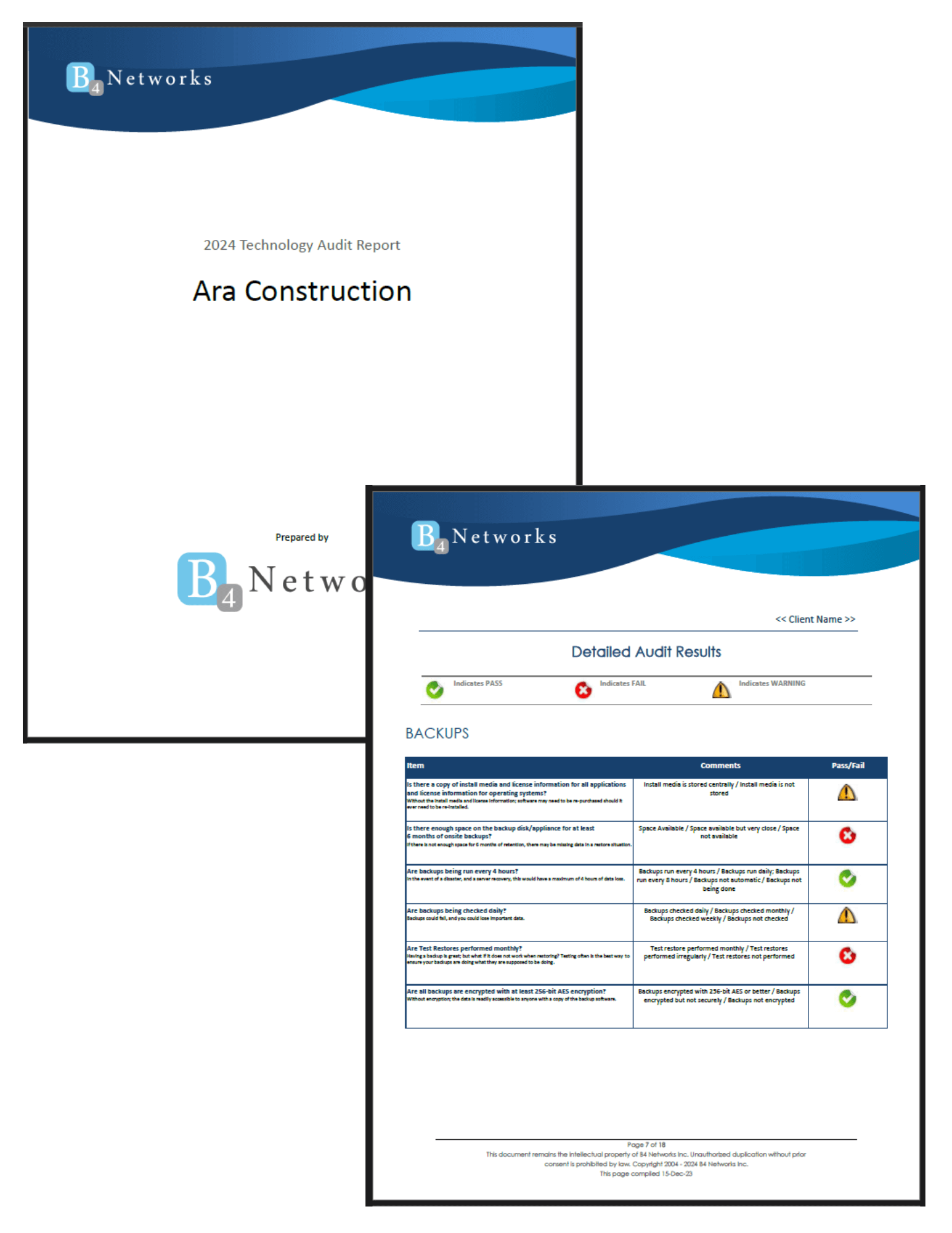Remembering 24 different passwords, memorizing four PIN numbers and installing updates all the time is frustrating enough. Many of us also have to remember the code for the door, the alarm code for the alarm panel next to the door, the secret password to tell the alarm company, the passcode to your phone, the garage code … You get the idea.

This logic is based on a time when threats were more “real,” like the idea of someone robbing our house. In 2020, these types of threats are statistically less likely to happen than virtual threats like fraudulent credit card charges, data loss and identity theft. In fact, cyber-attacks occur three times as often as home burglaries in the United States, according to a 2016 study by the University of Kentucky.
It’s important to avoid the “Not me!” approach to this shift. Businesses say this all the time: “I’m too small for anyone to want to steal my data. I have a good firewall, hourly backups and a great IT support partner – no one will steal my files.”
But the truth is that businesses with under 100 employees are low-hanging fruit for cybercriminals – yes, that’s a lot of you! It can happen to you, so you must approach all aspects of physical and electronic security with the attention they deserve in today’s business world.



